TECHNICAL COOPERATION PROJECT - NRPA
Technical Cooperation Projects
Some of the National Projects undertaken through IAEA Technical Cooperation Programme
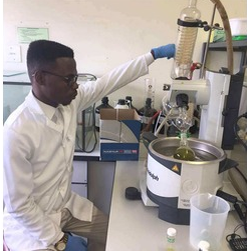
Establishing Teaching, Research and Technical Capacity in Nuclear Science and Technology
The project has assisted in the development of a Postgraduate Diploma in Applied Radiation Science and Technology which commenced in 2016 at the Namibia University of Science & Technology (NUST), with a total of 20 students registered for the programme. An MSc programme in Nuclear Science and Technology was also developed under the project and is currently offered at the University of Namibia since 2015.

Developing National Capacity for Research and Development in Nuclear Science and Technology
The project has assisted through various stakeholder engagements, scientific visits, expert mission to develop a business model for the establishment of a National Centre for Nuclear Science and Technology. In addition, the project has and will continue to support candidates for PhD postgraduate studies in various specialities of nuclear science and technology. These candidates are expected to support the Nuclear Science & amp; Technology Centre and educational institutions in terms of research and skills production.
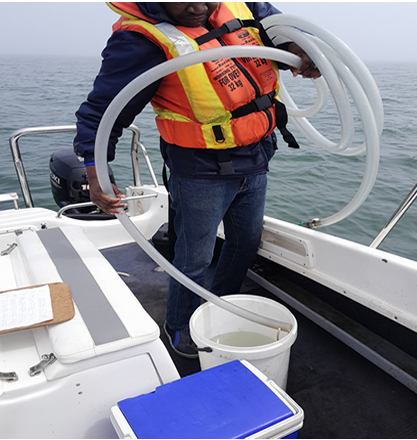
Study of Marine Radioactivity Baseline and Selected Contaminants
In The Northern Benguela Upwelling System Off Namibia In 2014 the Ministry of Fisheries and Marine Resources requested the International Atomic Energy Agency’s Environment Laboratories in Monaco (IAEA NAEL) to participate in a scientific sampling expedition during a regular monthly oceanography monitoring (MOM) survey along the Namibian coast. One of the aims of the collaboration was to establish a baseline of marine natural and anthropogenic radioactivity levels
Read more
in the northern Benguela upwelling system (nBUS) and to provide assistance to Namibia to set up a future marine radioactivity monitoring programme.The report has been released in 2017, pointing to a very low level of radioactivity in the marine environment and this augurs well for the fishing industry as a significant contributor to the national economy. The report is an excellent basis that informs the current status and at the same time provides the basis for future radioactivity monitoring activities in the marine environment.For example the massic activities of naturally occurring radionuclides in the surface sediments are relatively low and the levels measured are not of concern from a radiological point of view. For the 238U decay series, the median massic activities of 238U, 226Ra and 210Pb are 57.2, 41.9 and 178 Bq/kg d.w. respectively. These results constitute a baseline against which future studies can be referenced in order to assess the temporal evolution of radionuclide levels in this area.
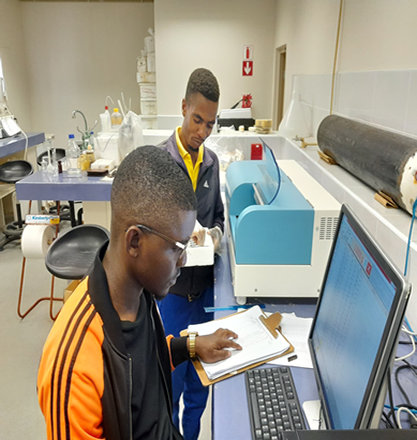
Nuclear Techniques to Promote Food Safety
Namibia’s partnership with the IAEA and the Food and Agriculture Organisation (FAO) yielded a major boost to the seafood manufacturing industry, through capacitating the Namibian Standard Institution (NSI) in the area of food safety and quality assurance, thus enhancing domestic market food safety while food export capabilities and agro-products monitoring are enhanced. This institution is now able to test and certify seafood products faster to meet the demand while preserving the safety and quality of our products.
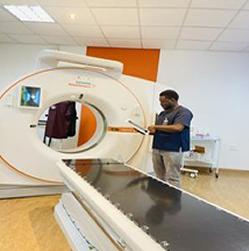
Building National Capacity for Cancer Diagnostics and Treatment
The IAEA has been instrumental in the establishment of cancer diagnostic and treatment capabilities, including the setting of the current Radiotherapy facility in Windhoek, strengthening the nuclear medicine facility in Windhoek Central Hospital and establishment of a nuclear medicine facility in Oshakati. Cooperation is now in progress to support planning for the expansion of the radiotherapy facility at the Windhoek Central Hospital to accommodate a linear accelerator and capacity building to operate the expanded services. It will further assist the Government with the planning of a new radiotherapy facility in Oshakati.
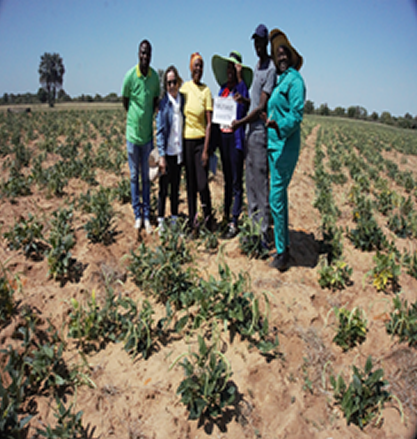
Enhancing Food Security Through Crop Mutation Using Nuclear Techniques
The Joint FAO/IAEA Technical Cooperation project on induced mutation breeding using Gamma irradiation created a platform for pre-breeding and breeding of high yielding, drought tolerant and insect pest resistant genotypes of cowpea. Gamma irradiation is an alternative option to create new crop genotypes in a short period of time without negative impact on the environment.Through this collaboration, the first qualified plant Breeder (PhD)
Read more
for Namibia was produced and five project technical staffs were training through IAEA fellowships on breeding techniques, on soil and water use efficiencies.Newly developed varieties’ of cowpea (7) and Sorghum bicolor (4) selected by Farmers were officially released by the Ministry of Agriculture, Water and Forestry (MAWF). Breeders’ seed multiplication has been carried out during 2017/18 cropping season and foundation seeds will be produced during the off season period 2017/18. The certified seeds will be available to the farmers for planting by 2018/19.
